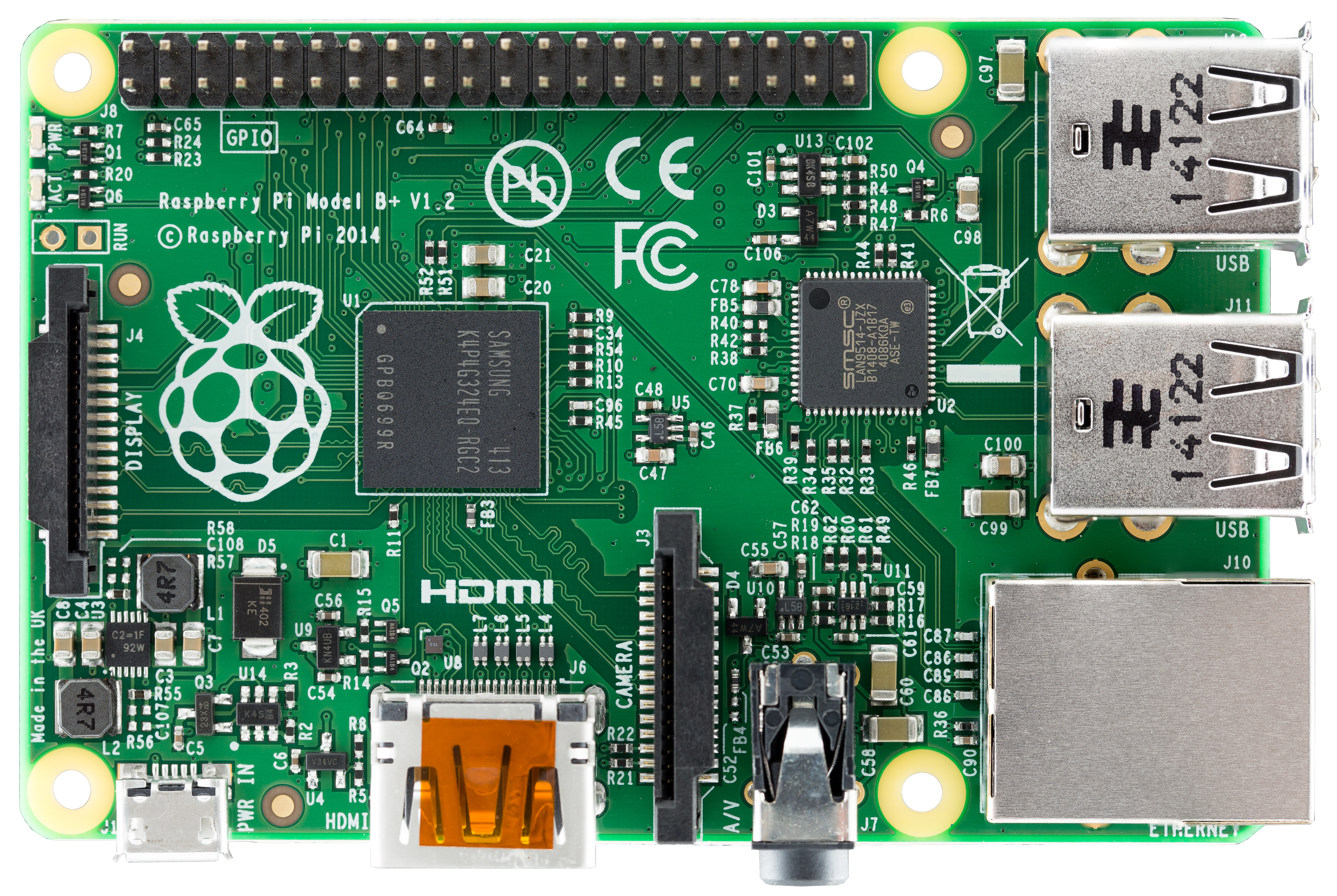I've finally caught up with my teasers! I've been pretty busy with school, scouts, other projects, and, yes, my Gold Award project, where I'm hoping to build a Makerspace at my old middle school!
Note: For the uninitiated (credit xkcd)...
A Makerspace, Hackerspace, FabLab, Techshop, etc... is a space devoted to providing materials, instruction, and community to anyone interested in creating. It goes hand in hand with movements like OpenSource, STEAM education, and free information. A Makerspace wants everyone to be able to make, and to find other people who make.
To give a little background - my middle school librarian was an awesome teacher, interested in sharing information, technology, and connection through the library. She started the technology club my first year at our school, where teachers could come and talk about the technology they wanted to use in the classroom (e.g. Google Earth Tours, iPod touches, online video-editing software, etc) and it was up to us to A) figure out how to use the technology, and B) teach the teachers once we figured it out. The club was only the beginning. By the end of the year, 13 of us were enrolled in the Independent Study Tech Team class, taught in the library, by the librarian, for an entire class period each day. The teacher brought some brilliant ideas to the class: 20% time, bringing in projects from other classes to try out the technology, etc. It was basically a maker class! The only thing we lacked was materials.

In the library, we had three things we could work on: Software on the computers (the basics of Windows 7 plus a few class specific things, like Alice), thirty-something iPod touches we rented out to classes, and books. This was a great starting point, but I kept having to bring in my own materials for 20% time to feed my interest in robotics and programming. The teacher introduced me to the idea of a Makerspace my eighth grade year, and the more research I did the more I liked it. The materials I've collected are important to the kinds of projects I get to do - I hate the idea that another kid somewhere won't get to learn about robotics because they don't have access to a mindstorms, or an arduino to learn on.
Ninth grade taught me how useful a Makerspace could be. If you've even taken just a quick look at this blog, you can see I took Tech Theatre, and made full use of the workshop we had available. That workshop is my favorite place in the entire school, because it has everything you need to bring a design to life. Tech Theatre may not be a class devoted to engineering, but I feel that, because of the workshop, and because of the self driven nature of the class and the projects, it does a better job of teaching problem solving, design, and engineering skills than the note-and-test heavy engineering-specific class I took.

I decided to try and find a nearby Makerspace - it turns out the nearest is an hour's round trip from my house. I got a tour to see how the space functioned. It was REALLY cool, but I noticed that it was definitely geared more toward the adult, experienced engineer in price range, classes and tools available, and supervision. That wasn't quite what I was looking for, so I contacted my old librarian to ask her thoughts on creating a Makerspace in Plano... and a few weeks later, she's my Gold Award Project Advisor, I've sent a powerpoint proposal to the principal of the school, and I'm prepping one to send to my local public libraries! (See the powerpoint here, if you're interested)
What's the plan? Well, the main issue is cost. I spent a long time looking up the costs of materials I'd like to include, and, to say the least, cost was high. I'm planning on organizing a tool drive to try and get some of the cheaper items, like paintbrushes and screwdrivers, old toys to take apart, Ewaste, and the like. Some of the rest will be funded by club member fees, but for a lot of it I'm looking at funding online through Donorschoose.org, or something similar.
Another constraint is space. The area we're looking at converting is currently storage for books that get lent out in English classes for reading assignments. We get a grand total of one bookshelf for storage, so we'll have to use it wisely. This is a real model of the space I made in Sketchup. I'm betting the Technology club will be happy to have it. Right now, I'm still waiting on the final green light from the principal, which will hopefully come in the next couple of weeks. Then I can turn in my paperwork, and get the ball rolling! Expect to see more about this soon, and all the little mini-projects it entails.
(NOTE: I'm going to publish this as is, but it's a little outdated now. I've since had my project fully approved, and the first meeting with the students will be next week! I even had the chance to talk about my project at the Girl Scout Leadership Institute at this year's national convention. I'm super excited to get started. If any of you have ideas for fundraising, or know of good projects or resources for a middle school Makerspace, please comment below! I'd love to hear what you think.)











































